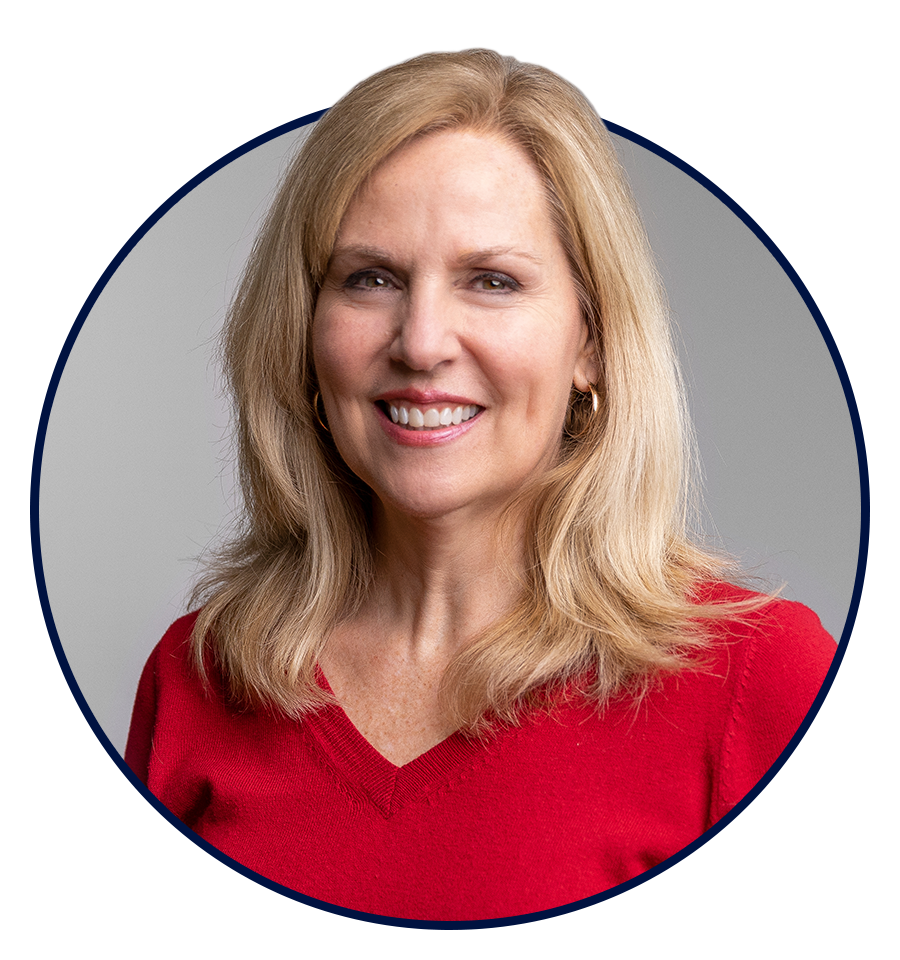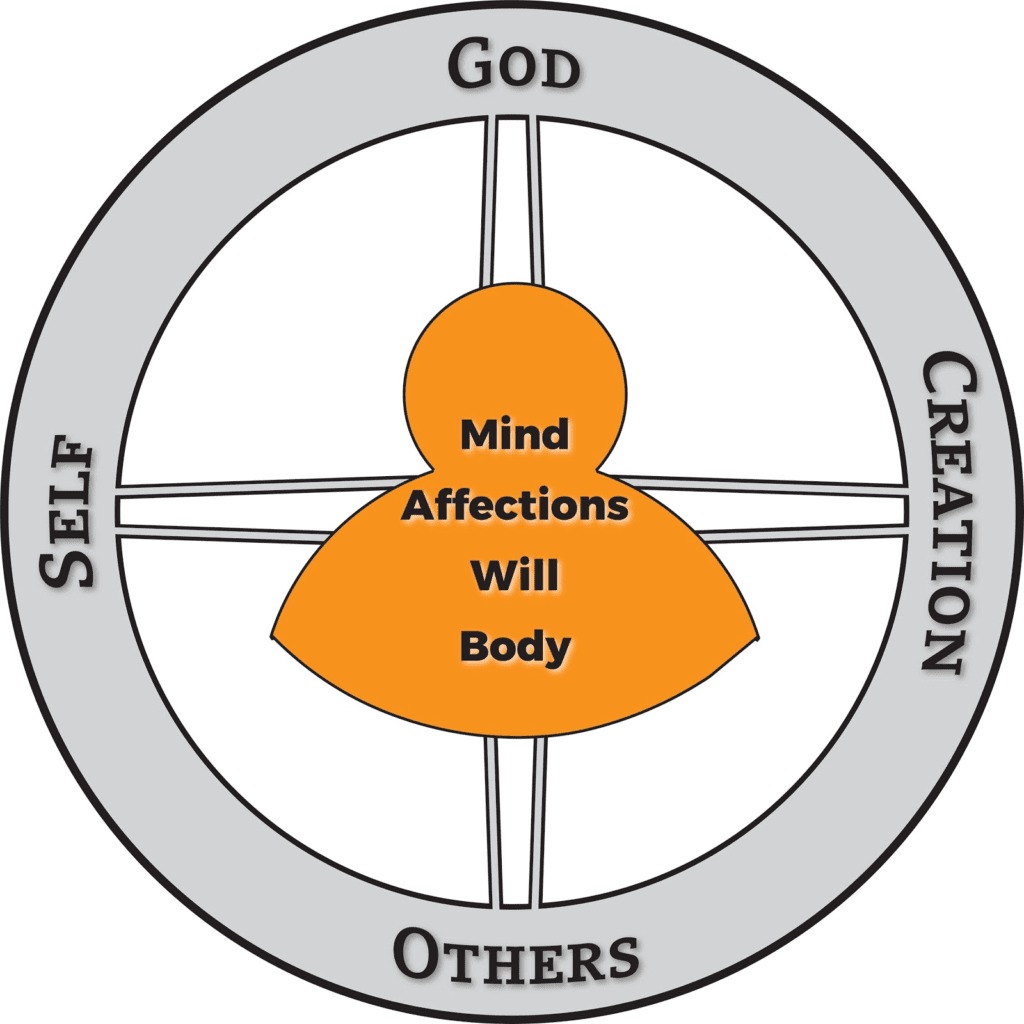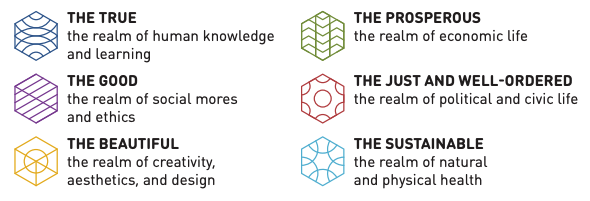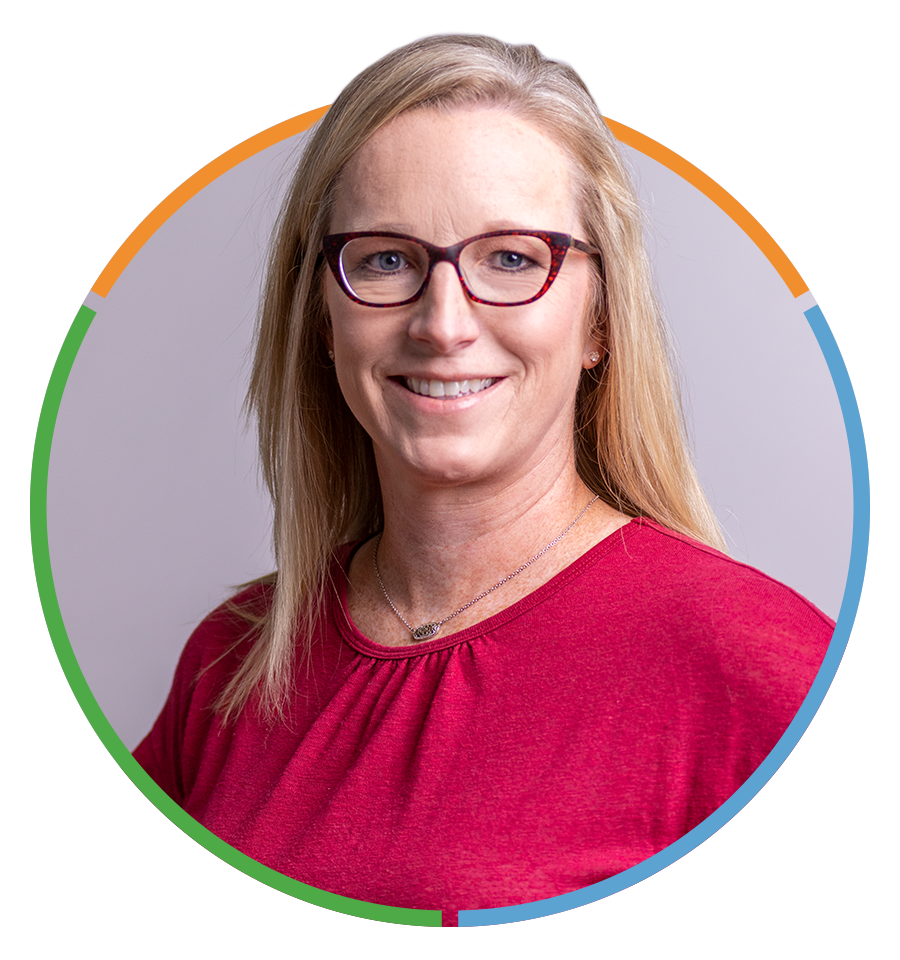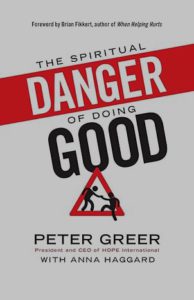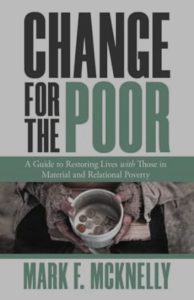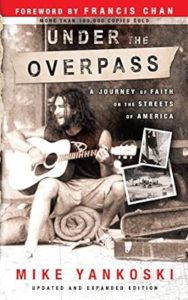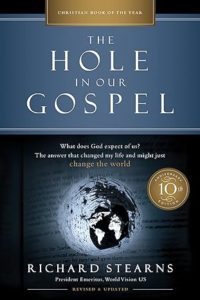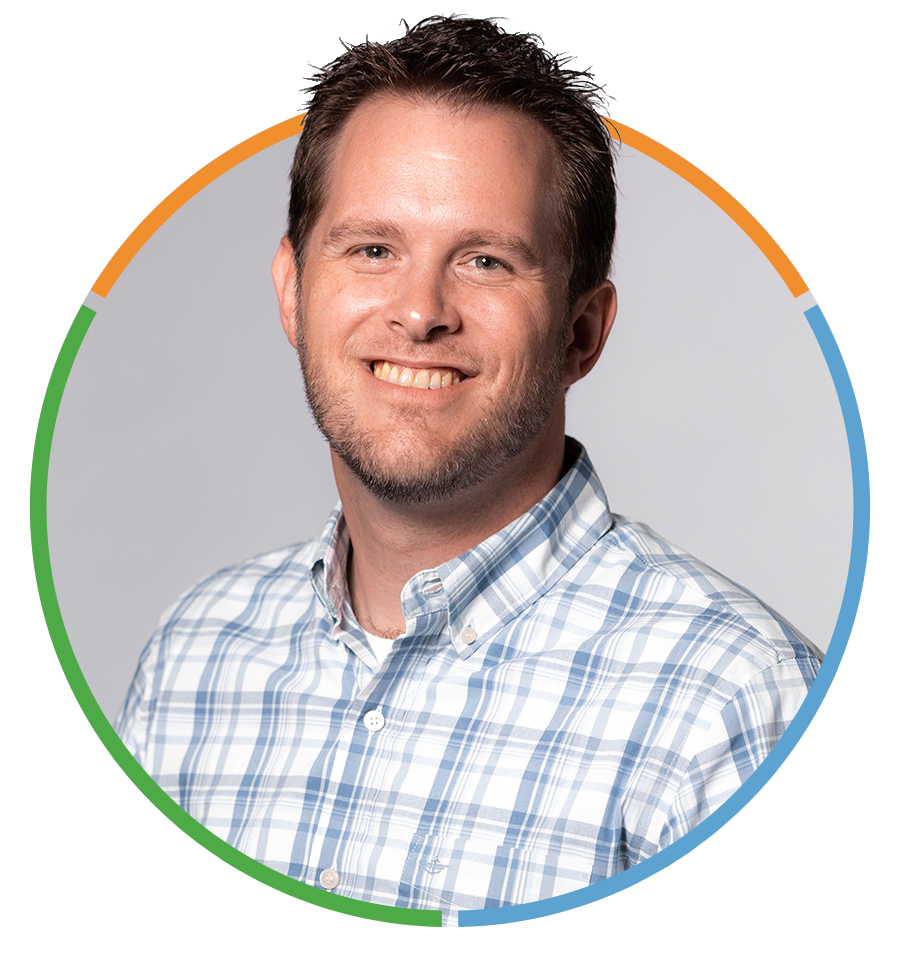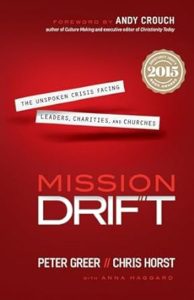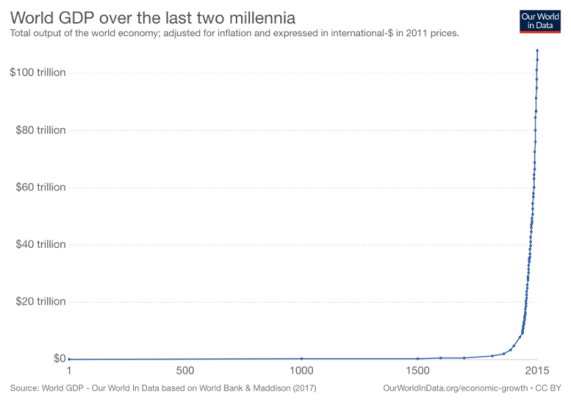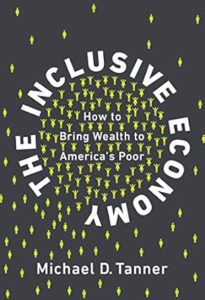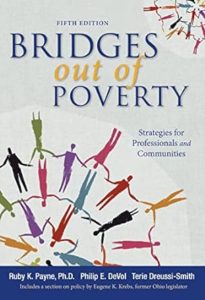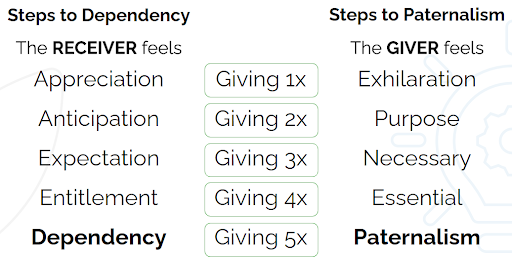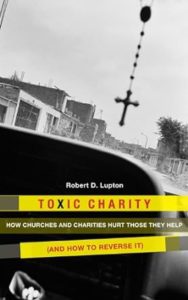 Bethany Herron
Bethany Herron
Instructional Designer
Read more from Bethany
Jump to:
The Purpose of the Book | The Perspective | The Key Points | Details We Love | Considerations | Who Should Read This?
Historically, the faith community has correlated anxiety, depression, and other mental health struggles with a lack of faith or demonic, spiritual warfare. Grace for the Afflicted challenges the stigma affiliated with those who suffer from mental health disorders by equipping the church with informed care.
Early in his book, Matthew Stanford shares Sherry’s story. When interviewed, she shared about a time she went to a local pastor with her bipolar disorder. Instead of providing informed, biblical advice, the pastor told her that he believed she was possessed by demons. Sherry only began to heal when she received her diagnosis. Sadly, Sherry’s story is not atypical. In seeking to address this faulty understanding, Stanford writes to present faith individuals and clergy members with biblical and scientific perspectives on mental health.
The author of Grace for the Afflicted, Matthew Stanford, has written over one hundred peer-reviewed articles in psychology, psychiatry, and neuroscience journals. As CEO of the Hope and Healing Center & Institute in Houston and a leader within his local church, Stanford has seen many individuals struggling with mental health hurt by well-intended believers. He seeks to remedy this issue by providing a biblical and scientific look into the most prevalent mental health issues. Stanford writes to equip believers with a fresh perspective on holistic healing.
1. The Image of God: Mind and Body
Stanford notes that mankind, created in the image of God, is the unification of four parts—spiritual, mental, physical, and relational. He also points out that this unification of being is seen in the person of Christ. However, Stanford states that when Adam and Eve broke their relationship with God in the Garden of Eden, sin marred all four aspects of being. Stanford asserts that the brokenness of the fall, as seen in Scripture, goes beyond the spiritual. Instead, the curse of sin affects man’s spiritual, mental, physical, and relational aspects. Consequently, sin has masked the image of God in man. Stanford notes that though sin has hurt this image, full restoration and recovery are made possible through the person and work of Jesus Christ on the cross.
2. The Role of the Adversary
Stanford takes a quick look into the Bible to explain the role of the Adversary. He explains Satan’s desire to tempt, deceive, accuse, infirm, and possess. However, Stanford recognizes that Satan is a defeated foe in all of this. He explains that the Christian is not to fear the “ruler of the air” because “greater is He who is in you than he who is in the world” (1 John 4:4). Stanford does believe that some, not all, mental illness and infirmity can be caused by the Enemy. However, he also explains that there is no way to decipher between the physical and spiritual causes of an illness. Therefore, he poses that the focus must be on bringing holistic healing through prayer and medical intervention.
3. Most Common Mental Illnesses Overviewed
After presenting the staggering statistic that one in five adults struggles with a mental disorder, the author presents an overview of the most recurring disorders, such as depressive, anxiety, personality, bipolar, and stress-related disorders. Others include trauma, dementia, strokes, traumatic brain injury, and suicide. For each example he shares a real-world scenario of someone suffering from the illness. He also overviews tell-tale symptoms and discusses diagnosis using the Diagnostic and Statistical Manual of Mental Disorders, Fifth Edition, or DSM-5.
4. Holistic Recovery
After overviewing the DSM-5 and possible biblical cases of most major disorders, Dr. Stanford walks through approaches to holistic recovery. He differentiates between recovery and healing, stating that most mental illnesses cannot be truly healed on earth. However, according to Stanford, “A holistic approach to mental health recovery relieves physical and psychological suffering while revealing the unconditional love and limitless grace available only through a personal relationship with Jesus.” Each recovery plan focuses on meeting physical, mental, spiritual, and relational needs.
The church’s responsibility to truly understand individuals’ mental health needs is one of this book’s greatest takeaways. This understanding releases God’s people to provide “charity without the tongs.” Close, personal, and effective charity instead of charity from a distance. We hail Stanford’s inspiring drive to change the stigma related to caring for those with mental illness commissioning God’s people to bring holistic healing.
Stanford’s entire foundation of care begins with man’s inherited imago Dei, or image of God. True Charity, like Stanford, believes everyone deserves to be treated with honor, dignity, and respect because of God’s design.
Understanding the Church’s role and responsibility to bring healing to the hurting encourages the principle of subsidiarity, which is central to effective charity. Subsidiarity means that those closest to the individual, such as family, friends, and the church, should provide the care an individual needs. Overall, we appreciate Stanford’s pragmatic approach designed to commission the church to bring holistic care and healing to those suffering around them.
Within his book, Stanford draws conclusions from numerous biblical examples about individuals he believes suffered from mental illness without full knowledge of the individuals’ lives and backgrounds. Some have criticized this approach, arguing that pronouncing diagnoses of mental illnessess without the needed family history, cultural background, and trauma history, among other aspects is not proper practice. Although Stanford does not claim to formally diagnose these biblical figures within the pages of his book, some might contend that even inferred diagnoses might show the use of poor hermeneutics, failing to take into consideration the full historical and cultural context of each scenario.
Grace for the Afflicted serves as a field guide for individuals who desire to effectively serve those suffering from mental illness. According to this book, one in five people face a mental disorder every year. With so many individuals suffering, this book is relevant to church leaders, nonprofit leaders, and practitioners alike. Though written from a faith-based perspective, it offers practical knowledge that would be beneficial for anyone to read.
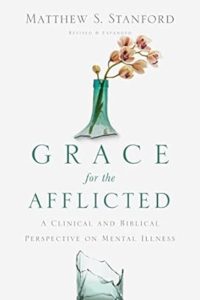 Grace for the Afflicted can be purchased at Amazon. If you purchase the book through this link, True Charity will earn a small amount as an Amazon Associate
Grace for the Afflicted can be purchased at Amazon. If you purchase the book through this link, True Charity will earn a small amount as an Amazon Associate
This article is just the tip of the iceberg for the practical resources available through the True Charity Network. Check out all of the ways the network can help you learn, connect, and influence here.
Already a member? Access your resources in the member portal.


